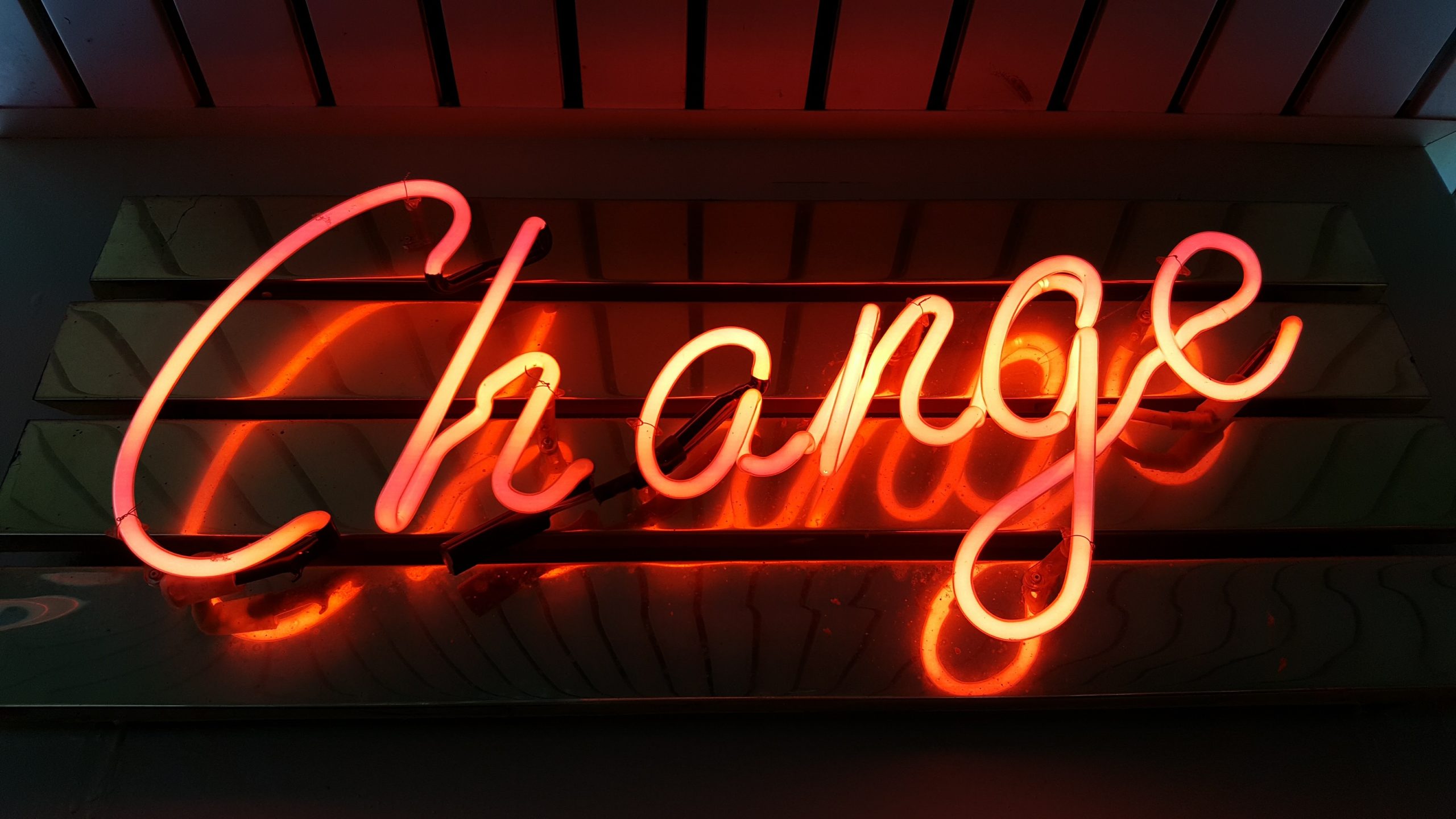The Waxing Gibbous Phase of the Moon: Exploring its Meaning, Appearance, and Astronomical Significance
The moon, Earth’s only natural satellite, is a celestial body that has captured the human imagination for centuries. Its changing phases, from the luminous full moon to the darkest new moon, have been a subject of fascination and intrigue. One of these captivating phases is the waxing gibbous phase – a transitional stage between a first quarter moon and a full moon. In this blog post, we will delve into the details of the waxing gibbous phase, exploring its meaning, appearance, and astronomical significance.
The Lunar Cycle: An Overview
Before diving into the specifics of the waxing gibbous phase, let’s briefly understand the lunar cycle. The moon undergoes a complete cycle approximately once every 29.5 days, moving from new moon to full moon and back again. This cycle consists of eight distinct phases, each representing a different proportion of the moon’s face being illuminated by the sun’s light.
| Phase | Description | Approximate Illumination |
|---|---|---|
| New Moon | The moon is not visible from Earth. | 0% |
| Waxing Crescent | Small illuminated portion on the right side. | 1-49% |
| First Quarter | Half of the moon’s face is lit. | 50% |
| Waxing Gibbous | Most of the moon’s face is illuminated. | 51-99% |
| Full Moon | The entire moon is visible from Earth. | 100% |
| Waning Gibbous | Most of the moon’s face is illuminated. | 99-51% |
| Last Quarter | Half of the moon’s face is lit. | 50% |
| Waning Crescent | Small illuminated portion on the left side. | 1-49% |
Now that we have a basic understanding of the lunar cycle let’s focus on the waxing gibbous phase – a stage where the moon is well-illuminated but not yet fully lit.
The Waxing Gibbous Phase: Definition and Appearance
The term “waxing gibbous” simply refers to the moon’s phase as it gradually transitions from the first quarter to the full moon. During this phase, more than half of the moon’s surface is illuminated, with the percentage increasing each night until it reaches almost full illumination.
When observing the waxing gibbous moon in the night sky, you’ll notice its distinctive shape. The illuminated portion occupies the eastern side of the moon, resembling a convex shape or a “C” turned on its side. The unilluminated portion is visible on the western side, creating a significant contrast between light and dark.
The waxing gibbous moon is a breathtaking sight to behold, especially when it rises in the evening, providing ample illumination throughout the night. Its brilliance and size make it a perfect subject for stargazers, photographers, and sky enthusiasts alike.
Astronomical Significance of the Waxing Gibbous Phase
While the waxing gibbous moon is a spectacular sight, it also holds astronomical significance. Here are a few noteworthy aspects:
1. Lunar Beauty and Observation
The waxing gibbous phase offers an ideal time for lunar observation. With its impressive illumination, it allows us to observe fascinating features such as craters, mountains, and maria (dark areas on the moon’s surface). The interplay of light and shadows during this phase brings out the moon’s intricate details, captivating both amateur astronomers and scientists.
2. Astronomy and Navigation
Throughout history, the moon has played a crucial role in navigation. Sailors used its position and appearance to determine their location and navigate the vast seas. The waxing gibbous phase, with its significant illumination, provided sailors with a reliable light source during their nighttime journeys.
3. Lunar Astrology and Folklore
From ancient times, the moon’s phases, including the waxing gibbous phase, have been associated with various astrological beliefs and folklore. Some cultures believe that the different lunar phases influence human emotions, behavior, and even agricultural activities. The waxing gibbous moon, with its increasing brightness, is often associated with growth, abundance, and potential.
4. Solar System Exploration
Studying the moon’s phases, including the waxing gibbous phase, provides valuable knowledge for space exploration. Understanding how sunlight interacts with the moon’s surface helps scientists interpret data from lunar missions and design future exploratory missions to the moon and other celestial bodies in our solar system.
Conclusion
The waxing gibbous phase of the moon is a visually striking and astronomically significant stage in its lunar cycle. As more than half of the moon’s surface becomes illuminated, it offers spectacular views for sky enthusiasts, photographers, and astronomers alike. Additionally, its historical and cultural significance highlights the moon’s enduring influence on navigation, astrology, and human imagination.
So, the next time you gaze at the sky and notice the mesmerizing waxing gibbous moon, take a moment to appreciate its beauty and the wealth of knowledge it holds for both scientists and dreamers.
Table of Contents
